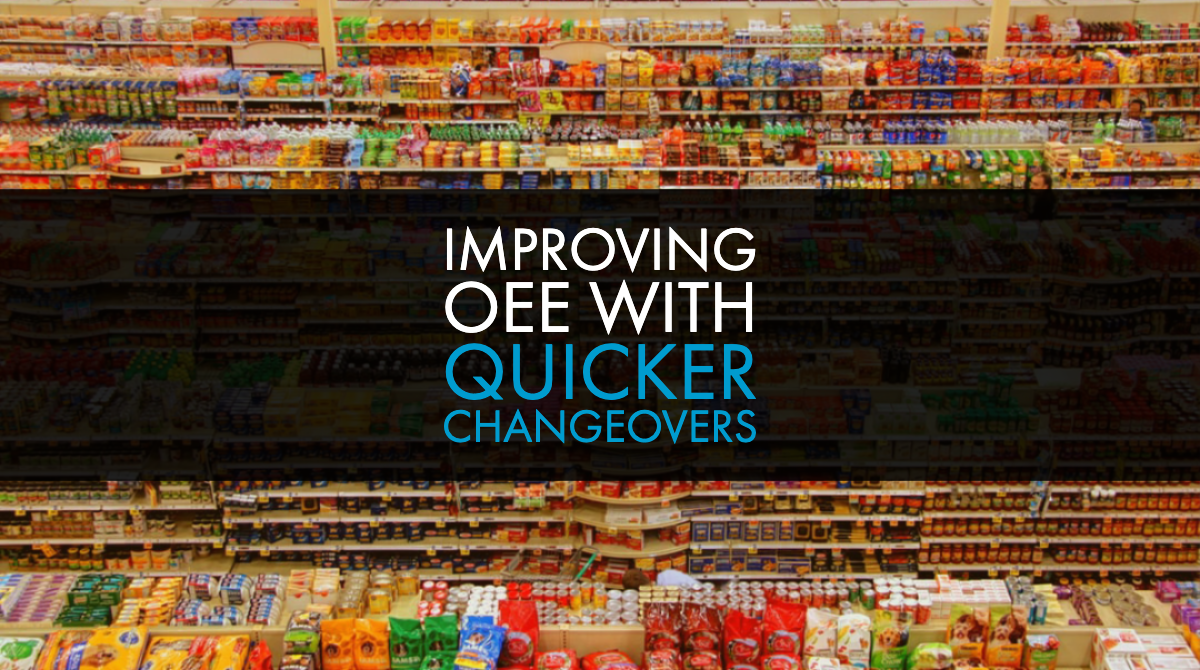Social awareness has increased around the topic of food waste. This has become more of a concern for a variety of reasons, from landfill capacity and methane emissions, to basic hunger. Unfortunately, a great deal of food is simply thrown away by consumers because they do not understand the labeling used to help them determine when a product may no longer be safe. For the food supply chain, this underuse also means that resources are wasted in preparing and processing food and beverage items, affecting both profitability and social responsibility.
A surprisingly simple solution to this confusion is to make the date labeling more consistent and understandable. In response to this situation, Food Navigator estimates that 98% of food and beverage products will adopt a standardized version of date labeling by the end of 2019. Although currently under review in Congress as the Food Date Labeling Act of 2019, these updates are currently being put in place voluntarily to comply more completely with the U.S. Food and Drug Administration (FDA) labeling requirements for foods under the Federal Food, Drug and Cosmetic Act and its amendments.
The Grocery Manufacturers Association (GMA) and Food Marketing Institute (FMI) predict complete industry adoption of these measures by January 2020. These changes arose from consumer confusion surrounding the use of varying date labels such as:
- “Best If Used By” or “Best Before”
- “Fresh Until”
- “Sell By”
- “Enjoy By”
- “Expires On”
When it became clear that there was no understanding of what these dates really mean in terms of deciding whether to purchase a consumable product, many of the largest food and beverage manufacturing companies came together to standardize the date labeling language. This standardization will help consumers feel safer about the products they are purchasing, and reduce waste by ensuring that products are not thrown away when they may still be quite edible. The many variations have now been boiled down to two phrases which should be more helpful:
- “Best If Used By”(or “Freeze By”): This should indicate that the product will still be safe to consume by the specified date, but it may not taste as expected.
- “Use By” (or “Freeze By”): This wording will indicate that the product should not be consumed after the specified date, and should indeed be discarded.
In addition to adapting to these standards and updating their product labels, food and beverage manufacturers are encouraged to engage and educate their consumers about shelf life and stability on their website and in their marketing messages. This will increase understanding of expiration date language so less food will be thrown away, when in fact it can still be safely consumed.
2020 FDA Changes for Food Nutrition Labeling
There will also be new mandatory FDA regulations regarding food nutrition labeling for food manufacturers put in place in January 2020. Companies which exceed $10 million in revenue must comply with these new standards by that date, while companies below that revenue mark or single supply manufacturers will have until January 2021. These changes include:
- Servings have been updated to more accurately reflect actual consumer use; both serving size and servings per container have become larger over time.
- Calories must be highlighted in bold and use a larger font. The listing for “calories from fat” has been eliminated.
- A new category of “added sugars” must be listed. This might include syrups, honey and fruit juices.
- Recommendations are based on a 2000 calorie per day diet.
- The daily value of any vitamin or mineral is not to exceed 100%.
- Vitamins A and C have been removed from the updated food label format.
- Potassium and iron are now listed as required nutrients.
- The daily recommended value for sodium has been reduced to 2300 mg. Claims for “low sodium” must reflect a sodium percentage of less than 5% of the 2300mg amount.
- The daily recommended amount for dietary fiber has been increased to 28g.
- The bottom of the label now draws more attention to the meaning behind daily value percentages.
Although the FDA does have an extensive library of industry resource materials regarding changes to the nutrition facts labeling, it has stated that it does not intend to take enforcement actions during the first six months from January 1. This does not mean, however, that manufacturers should not be actively engaged in complying with these new regulations.
Efficiently Communicating Label Changes
Whenever changes such as these come about, there can be a great deal of confusion within the manufacturing organization. Management might have one interpretation, while sales might be presenting another face to customers. Production, meanwhile, is often the last to receive the correct company standards, and some products may be shipped out the door with old or inaccurate information. All of this confusion can be reduced or eliminated by taking advantage of today's digital tools for disseminating new and current information to all affected parties.
For food and beverage manufacturers, these updates mean that internal labeling standards will first need to be reviewed and revised by management, and then communicated to all levels of the organization. Technical guides, manufacturing standards, product manuals, sales guides, and marketing guides can be updated internally and then transformed into online content so that the entire workforce can easily access the new standards on the device of their choice. All departments need to be able to access one single source of truth that reflects the industry’s new requirements and the company’s response to those changes.
Gutenberg Technology supports food and beverage manufacturers in standardizing and updating label creation. With offices in Boston and Paris, we help manufacturing companies across the globe to leverage the power of technology to transform their current content into web readers and mobile apps that can be easily accessed via tablets and smartphones.






Leave a comment